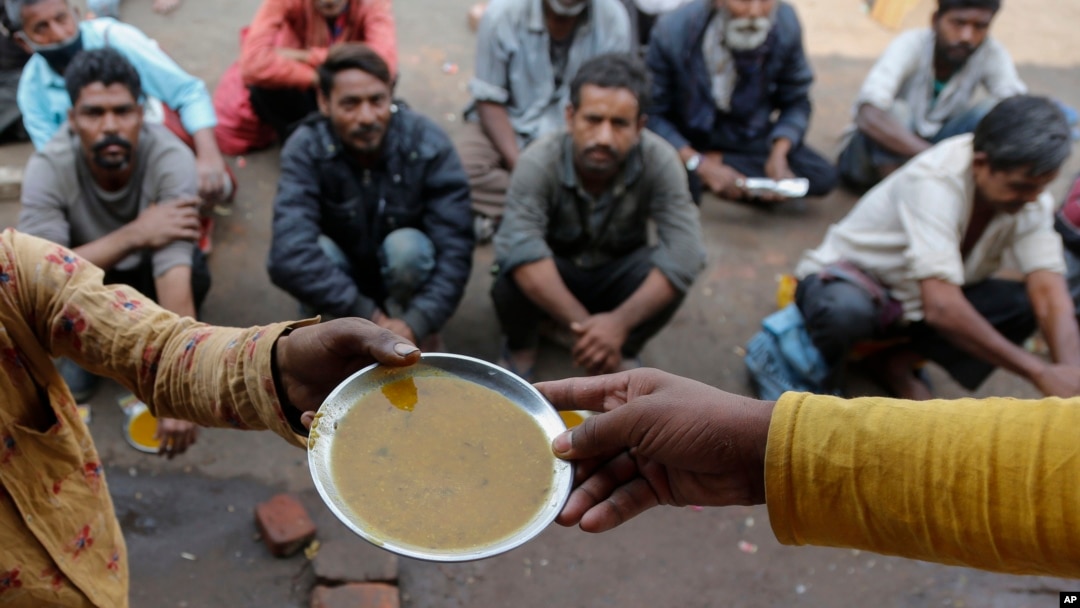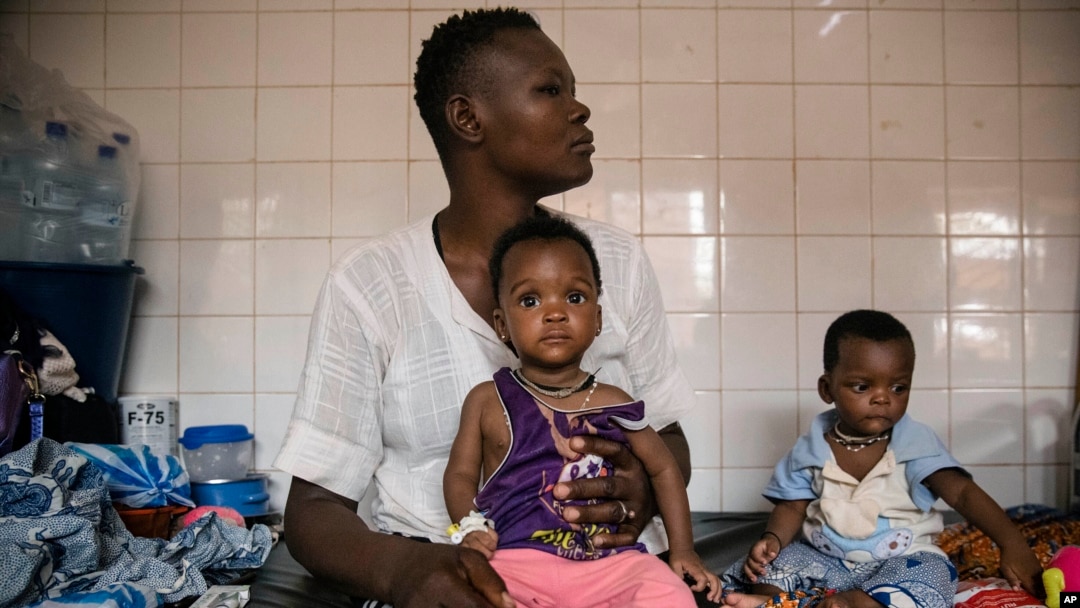Hopes of ending hunger by the end of this decade have all but evaporated as multiple crises — climate change, the lingering effects of the COVID-19 pandemic, conflicts, including the war in Ukraine — have pushed more than 122 million people into hunger since 2019 to reach an unprecedented high of 735 million.
While progress in reducing hunger is occurring in Asia and Latin America, a new report by five United Nations specialized agencies finds hunger is still on the rise in Western Asia, the Caribbean and throughout all subregions of Africa.
The latest State of Food Security and Nutrition in the World report, launched Wednesday, says Africa remains the worst affected region, with “one in five people facing hunger on the continent, more than twice the global average.”
Marco Sanchez Cantillo, deputy director of the agrifood economics division at the Food and Agriculture Organization, said the situation of global hunger would have been better “had it not been for the rising food and energy price increases, the conflicts, the weather-related events, and deep inequalities that we observed in the last years.”

FILE - People wait for free food outside an eatery in Ahmedabad, India, on Jan. 20, 2021.
He said the report warns that the world is not on track to achieve one of the United Nations' 17 Sustainable Development Goals of ending hunger by 2030 and instead predicts that nearly 600 million people will be chronically undernourished by then.
Cantillo adds that an estimated 2.4 billion people were moderately or severely food insecure in 2022 and did not know from where their next meal was coming.
“These are people who faced uncertainties about their ability to pay for food and have been forced to reduce, sometimes during the year, the quantity or the quality of the food that they consume due to lack of money or other resources.”
Gian Carlo Cirri, head of the Geneva office of the World Food Program, said data on acute food insecurity show “we are facing the most complex and one of the biggest crises of modern times when it comes to food insecurity.”
He noted that in the 79 high burden countries in which WFP operates, 345 million people are facing food insecurity. He said this was a major increase of 200 million when compared to 2020.
“It is a staggering number,” Cirri said.
The report notes that more and more people are leaving rural areas and moving to cities. It predicts that almost seven in 10 people will live in cities by 2050, and that this increased urbanization is driving changes in agrifood systems.
Helene Papper, director for global communications and advocacy at the International Fund for Agricultural Development, said food insecurity afflicts urban and rural households. However, she said it was strongest in rural areas “where 80 percent of the world’s poorest people live. Yet, they are the people behind our plates.”
She explains that many of these people are small-scale farmers who produce one-third of the world’s food — 70% of the food in Africa and Asia.
“Meanwhile, they struggle to feed themselves, and they bear the brunt of tremendous challenges we all face today, the least being climate change. But they only receive 1.7 percent of global climate finance. This is wrong. We must shift this terrible dichotomy,” Papper said.
FILE - A health worker holds a toddler at the Fontaine Hospital Center that treats malnourished children in the Cite Soleil area of Port-au-Prince, Haiti, May 29, 2023.
She said that urbanization offers opportunities as well as challenges.
“Access to food does not always mean access to nutritious food,” she said. “Urbanization facilitates access to cheap and processed foods contributing to malnutrition and diet-related diseases, and this requires our attention and action.”
The World Health Organization reports that eight to 10 million people die every year because of unhealthy diets. Among the major victims are children and women.
This year’s SOFI report shows that conflict, climate change and increasing inequality are leaving millions of children and women without access to nutritious, safe, affordable and sustainable diets.
“And this also coincides with the increasing availability and consumption of processed foods that do not meet children’s nutritional needs,” said Chika Hayashi, statistics and monitoring senior adviser for UNICEF.
She said that last year, about 22% — 148 million children under five — were stunted; 7%, about 45 million children under five were wasted — a child who is too thin for his or her height and has an increased risk of death if not treated for the condition; and about 6%, or 37 million children, were overweight.
“Ideally, we want these numbers to be less than three percent for it not to be a public health problem. So, we are quite far from where we would like it to be and to meet our SDG goal.”
She said that “the scale of the food and nutritious crisis demands a much stronger response for women and children, especially the most vulnerable.”
To remedy these problems, Hayashi said policy actions should include prioritizing access to nutritious and affordable diets for children and women; providing nutritious support and services; protecting families from nutrient poor or ultra-processed food; and strengthening nutritious supply chains, including the provision of therapeutic foods.


